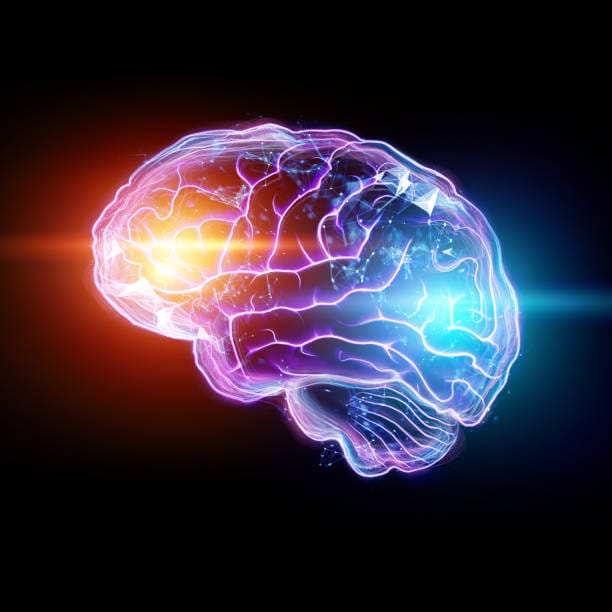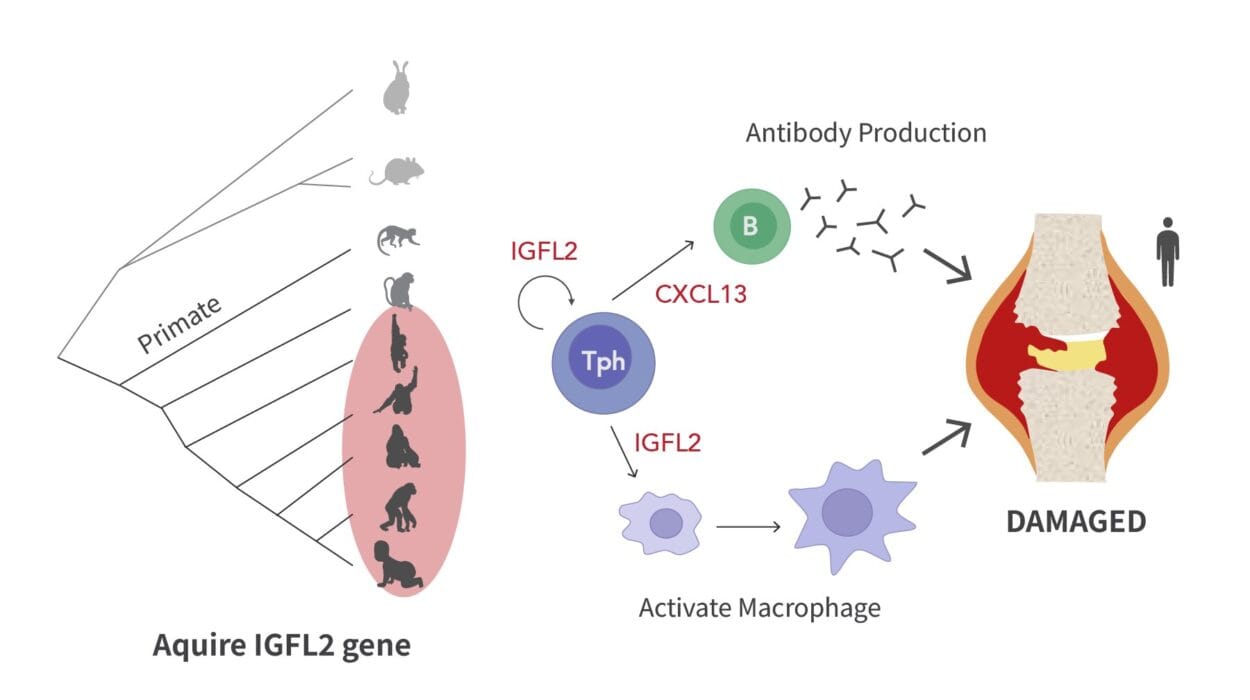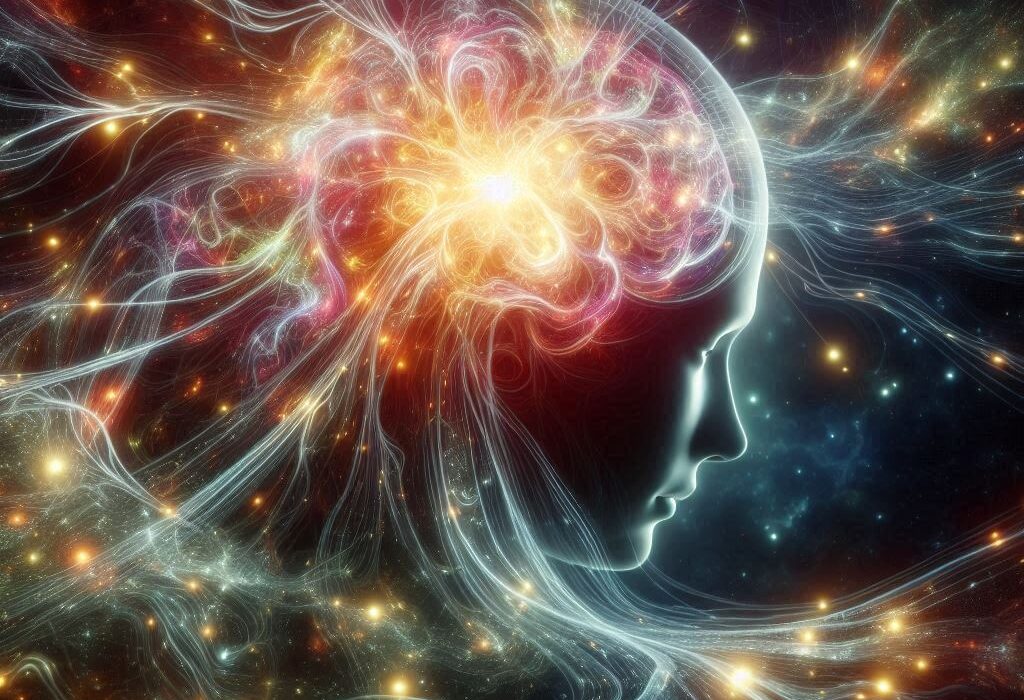You know the moment. The deadline is looming, the clock is ticking, and yet you find yourself scrolling through videos, organizing your desk, or suddenly remembering that it’s the perfect time to clean out the refrigerator. The task awaits, but your brain seems to push it away like a child refusing medicine. You’re not alone. Procrastination—this strange, maddening delay of action—affects nearly everyone. It’s not laziness, and it’s not just bad time management. It’s something far more complex, deeply wired into our biology and psychology.
Why do we put off things we know we need to do? Why do we sabotage our own goals, often at great personal cost? To understand this strange human behavior, we must look not only at habit or willpower but deep into the folds of the brain, where emotion and reason wage a quiet war.
A Brain Caught in Conflict
At the heart of procrastination lies a clash between two ancient and powerful parts of the human brain: the limbic system and the prefrontal cortex. These regions govern very different impulses.
The limbic system, one of the most evolutionarily ancient parts of the brain, is deeply tied to emotion, threat perception, pleasure, and reward. It includes structures like the amygdala and the nucleus accumbens, which help you react instinctively to danger or pursue short-term gratification. The limbic system seeks comfort, security, and the avoidance of pain—both physical and emotional.
In contrast, the prefrontal cortex, located right behind your forehead, is responsible for higher-order thinking. It governs planning, rational decision-making, impulse control, and the ability to delay gratification. It’s the part of the brain that visualizes a long-term goal, creates steps to achieve it, and can override immediate emotions in favor of future rewards.
Procrastination arises when these two systems are in conflict. The prefrontal cortex wants you to finish the report or start that workout routine. But the limbic system is sounding alarms: “This feels hard, stressful, boring. Let’s avoid it!” In the heat of this internal debate, the emotionally charged limbic system often wins.
It doesn’t help that the prefrontal cortex is relatively “weak.” It tires easily and is sensitive to stress. If you’re already fatigued, anxious, or overwhelmed, the logical part of your brain loses its grip, and the emotional system grabs the wheel. Procrastination isn’t the result of poor discipline—it’s often the byproduct of an overtaxed mind trying to cope with emotional discomfort.
The Role of Emotional Regulation
Many people think procrastination is a time management problem. But neuroscientists and psychologists increasingly understand it as an issue of emotion regulation. When we procrastinate, it’s not because we don’t know what to do—it’s because we don’t want to feel what doing it makes us feel.
The task might provoke anxiety, boredom, self-doubt, or fear of failure. These feelings activate the brain’s pain centers—yes, even thinking about a dreaded task can light up the same circuits associated with physical discomfort. The limbic system, detecting this emotional threat, urges you to escape. And it’s clever. It doesn’t just say “don’t do this.” It dangles alternatives that offer immediate pleasure: check your phone, start that movie, play one more game. Anything to relieve the internal tension.
This emotional model explains why we often delay tasks we care deeply about. It’s not that we don’t value them—it’s that we value them so much that the fear of doing them poorly becomes paralyzing. Perfectionists, in particular, are vulnerable. If the only acceptable outcome is perfect, the emotional stakes skyrocket. Avoidance becomes a way of protecting self-worth.
And yet, procrastination rarely brings peace. The relief is temporary. As deadlines approach, stress increases, triggering the release of cortisol and adrenaline. This is why many chronic procrastinators find themselves working furiously at the last minute. It’s not optimal, but the panic finally overrides the emotional avoidance.
Dopamine: The Deceptive Driver
To fully understand procrastination, we must also talk about dopamine. Often called the brain’s “pleasure chemical,” dopamine is actually more about motivation than pleasure. It fuels the pursuit of rewards, not necessarily the enjoyment of them. When you anticipate something enjoyable—like watching a favorite show or getting likes on social media—dopamine levels rise, nudging you toward action.
In the procrastinator’s brain, dopamine plays a double-edged role. On one hand, tasks that promise immediate gratification (like checking your messages) offer a quick hit of dopamine, reinforcing the behavior. On the other hand, long-term goals—like writing a dissertation or studying for an exam—produce little immediate reward. The brain, wired to favor short-term payoff, veers away from the difficult work.
Moreover, some research suggests that procrastinators may have lower baseline levels of dopamine in the brain’s reward centers. This can mean they feel less motivation unless the stakes are high or a deadline is near. This might explain the common experience of “I can’t do it unless I’m under pressure.” The ticking clock finally makes the reward concrete enough to spark dopamine-driven motivation.
Time Perception and the “Future Self”
Another peculiar quirk of the human brain contributes to procrastination: how we perceive time and our sense of self over time. When you think about your “future self”—the version of you who will deal with the consequences of your choices—the brain often treats that person as a stranger.
MRI studies show that when people think about themselves in the distant future, their brain activity looks more like they’re thinking about someone else. This disconnect allows you to offload tasks onto your future self with shocking ease: “I’ll start tomorrow,” “I’ll deal with it next week,” “Future me will be more motivated.”
But future you is still you—only now sleep-deprived, stressed, and out of time. The problem is that the brain’s short-term perspective feels real, while long-term consequences feel abstract. This time-discounting bias makes it hard to prioritize tasks that offer delayed benefits. So, we opt for what feels good now, despite knowing it will hurt us later.
The Default Mode Network and the Mind’s Wandering Nature
When the brain isn’t focused on a specific task, it enters what neuroscientists call the “default mode network” (DMN). This network is active during rest, daydreaming, and self-reflection. While essential for creativity and insight, the DMN can be a procrastinator’s trap. It pulls attention away from the here and now and into endless loops of overthinking, worry, or self-criticism.
For someone prone to procrastination, entering the DMN can mean mentally rehearsing everything that could go wrong. “What if I fail?” “What if it’s not good enough?” “What if I disappoint someone?” This mental clutter amplifies emotional discomfort, reinforcing the desire to escape.
Ironically, procrastinators often spend more time thinking about the task than it would take to do the task. But the brain, caught in analysis paralysis, mistakes thought for action. The DMN isn’t the villain—it also enables deep problem-solving—but when unmanaged, it contributes to mental avoidance.
Procrastination and the Brain Under Stress
Stress is both a cause and consequence of procrastination. When you avoid a task, you temporarily reduce stress. But as the task looms larger, your stress levels rise. This creates a feedback loop. Chronic stress alters brain function, especially in the prefrontal cortex, making it harder to concentrate, plan, and regulate emotions. The brain becomes stuck in survival mode, favoring immediate escape over long-term goals.
Moreover, chronic procrastination is linked with anxiety and depression. Not because it causes them directly, but because it erodes self-trust. When you repeatedly delay tasks and suffer the consequences, you begin to doubt your abilities. You feel guilty, ashamed, and overwhelmed. These emotions further weaken the prefrontal cortex’s grip, fueling more avoidance.
It’s not a moral failing—it’s a neurochemical cycle. The brain seeks relief, gets it temporarily through avoidance, but at the cost of greater distress later. Over time, procrastination can become a deeply ingrained habit, etched into neural pathways that favor instant relief over sustained effort.
Breaking the Cycle: Rewiring the Brain
The good news is that procrastination is not destiny. The brain is plastic—meaning it can change, adapt, and rewire. Understanding the neuroscience behind procrastination helps us address its root causes, rather than merely treating the symptoms.
Small, consistent actions are more powerful than heroic bursts of effort. When you begin a task—even for just a few minutes—you activate the prefrontal cortex and reduce limbic resistance. This is called the “Zeigarnik effect”: once a task is started, the brain wants to finish it. Momentum is neurochemical.
Emotion regulation techniques—like mindfulness, cognitive behavioral therapy (CBT), and self-compassion practices—can also strengthen the prefrontal cortex and reduce limbic interference. Learning to tolerate discomfort, rather than escape it, is a core skill in overcoming procrastination.
Additionally, reframing the task—focusing on its meaning, breaking it into manageable pieces, or visualizing the rewards—can increase dopamine-driven motivation. Even the way we talk to ourselves matters. Studies show that self-talk in the third person (“You can handle this” instead of “I’m terrible at this”) can reduce anxiety and improve performance.
Finally, building a more vivid connection to your future self—by journaling, visualization, or setting concrete goals—can reduce time-discounting bias. When future-you becomes real, you’re less likely to offload your problems onto them.
A Human Struggle, Not a Personal Failing
Procrastination is not about weakness, laziness, or a flawed character. It is about the beautifully complicated machinery of the human brain trying to navigate discomfort, fear, and uncertainty. At its core, procrastination is a survival strategy—a way to avoid emotional pain. But in the modern world, where most threats are psychological rather than physical, this ancient strategy often misfires.
Understanding procrastination from a neuroscientific perspective is empowering. It lifts the weight of shame and replaces it with insight. It invites compassion, not condemnation. It allows us to stop fighting ourselves and start working with our biology to shape better habits.
We procrastinate because we are human. But we also overcome procrastination because we are human—capable of growth, reflection, and change.






